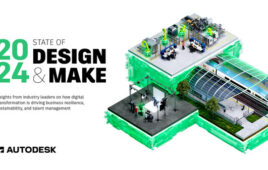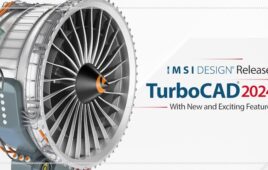By Cathy Martin, BigLever Software VP
Across industries, one of the big challenges in manufacturing is the rapidly increasing complexity involved in engineering today’s product lines. One example is the autonomous car–each one comprising thousands of mechanical, electrical and software components and standalone subsystems that must inter-operate seamlessly to deliver autonomous driving capabilities and higher-level user interactions.
Traditional engineering approaches can no longer keep pace with mounting product line diversity and complexity – which, in turn, can impede a company’s ability to achieve strategic business goals and initiatives such as digitalization. These mission critical objectives can be greatly inhibited when a unified, enterprise-wide variant management solution is missing.
Feature-based Product Line Engineering (PLE) is an approach that reduces complexity by establishing a “single source of feature truth” for an entire product line – eliminating the need for multiple variant management mechanisms across the enterprise, from portfolio planning to engineering, manufacturing, sales and service. With feature-based PLE, organizations can plan, engineer, manufacture, deliver, maintain and evolve product lines more efficiently and cost-effectively.
Feature-based PLE provides common language, furthers digital initiatives
Manufacturers who adopt a feature-based PLE approach create product lines based on features, instead of parts or materials. Features become the “common language” for expressing, engineering, and managing product diversity across the enterprise – which helps to break down organizational silos and improve communication, collaboration and cohesion across functions, tools and processes.
With feature-based PLE, the organization creates a “Feature Catalog,” which contains all the features for the entire product line, and a superset of digital assets (from across the engineering and operations lifecycle) that is shared across that product line. These digital assets are equipped with all the feature options offered in the product line. PLE provides an automated production system that assembles and configures the shared digital assets based on the features that are selected for each product variation.
When a product line is created using this approach, a digital twin – or a virtual representation – of each product is automatically generated. These digital twins provide the manufacturer with a complete, yet simpler, feature-based view of each product as it leaves the factory. This enables each product in the field to be tracked, monitored, maintained, and evolved based on the specific features contained in that product, as represented in its digital twin.
Now, manufacturers can more efficiently manage product updates and ongoing continuous engineering enhancements, based on product features – rather than a complex multitude of individual systems and parts. For example, an automotive manufacturer can more easily identify the exact configuration of a particular system in a vehicle, determine which software updates are needed, when the vehicle was last serviced, when certain parts were replaced, etc. Quality issues are also easier to handle, since companies can quickly identify which products have a particular feature found to contain a defect.
In addition to automotive, organizations across industry sectors are leveraging feature-based PLE to simplify and accelerate their digitalization efforts, as well as achieve order-of-magnitude improvements in time-to-market, production efficiency, product line scalability and product quality.
Cathy Martin, is a Vice President at BigLever Software, a leader in the Product Line Engineering field. Cathy can be reached at [email protected] or on LinkedIn.
Filed Under: ENGINEERING SOFTWARE




